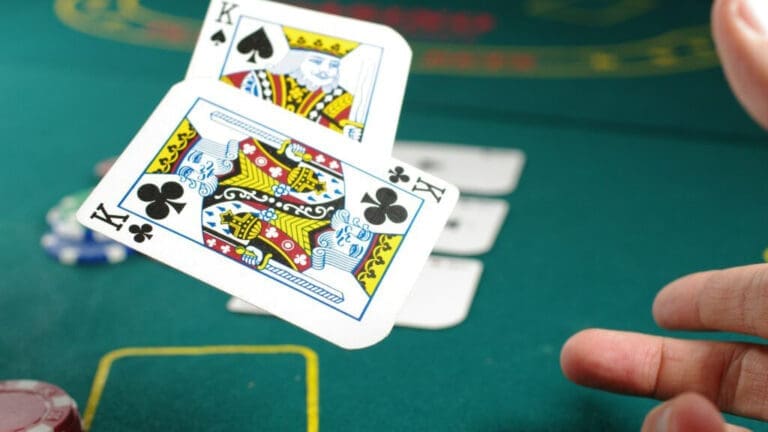Introduction to Poker Hands
Poker is a game of strategy, skill, and of course, luck. However, among these elements, understanding poker hands, particularly those that bring victory, is critical. This article will delve into the basics of poker hands and their significance in the game.
Understanding the Basics
In the game of poker, a hand refers to the set of cards a player holds at any given time. The objective of the game is to have the best or highest-ranking hand, which can vary depending on the specific type of poker being played. Every poker variant follows a specific set of poker hand rankings that determine which combination of cards holds the most value.
Winning poker hands range from the highly coveted Royal Flush to a simple High Card, with several other hand combinations in between. For a quick reference, players often rely on a poker hand cheat sheet which lists down all possible poker hands in descending order of their value.
The Importance of Poker Hands
The significance of understanding winning poker hands cannot be overstated. It’s the cornerstone of any successful poker strategy. A deep comprehension of these hands provides players an edge, allowing them to make informed decisions on whether to fold, call, or raise.
Knowing which poker hands are superior to others can greatly influence a player’s approach to the game, from the way they bet to how they react to their opponents’ actions. Additionally, it allows them to anticipate possible hands their opponents might be holding.
The key to poker success lies in the ability to quickly evaluate the strength of a hand and to understand how it measures up against potential best poker hands of other players. Consequently, mastering poker hands is not just about remembering the rankings, but also about understanding their value in different game scenarios.
As we delve deeper into the anatomy of winning poker hands in the coming sections, keep in mind that the ultimate goal is to enhance your strategic approach to the game. Knowledge is power, and in poker, it could mean the difference between walking away a winner or leaving the table empty-handed.
Anatomy of Winning Poker Hands
When it comes to mastering poker, understanding the hierarchy of poker hands is crucial. Each hand has a specific ranking and knowing this can be the difference between winning and losing. This section will delve into the anatomy of winning poker hands, from the highest to the lowest.
Royal Flush
A Royal Flush is the highest-ranking hand in poker. It consists of the Ace, King, Queen, Jack, and Ten of the same suit. This hand is unbeatable and is one of the rarest hands to get in poker.
 A♦️ |    K♦️ | 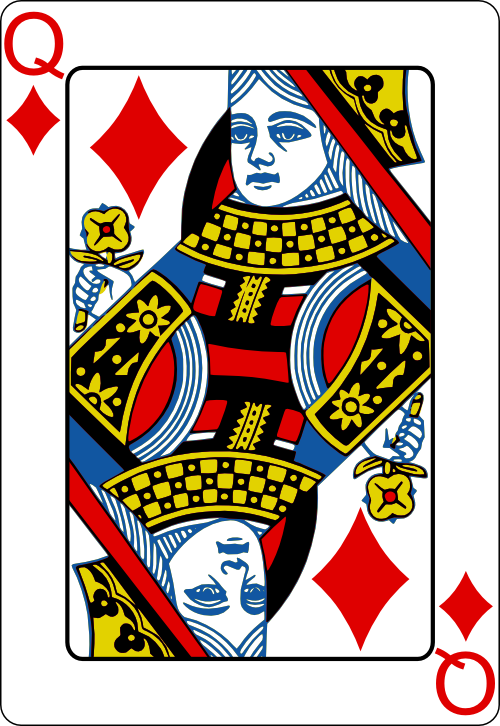   Q♦️ |    J♦️ |     10♦️ |
Straight Flush
The Straight Flush is the second highest-ranking hand in poker. It consists of any five consecutive cards of the same suit. It’s important to note that a Straight Flush with a lower sequence still trumps other poker hands, except a Royal Flush.
    5♠️ |   6♠️ | 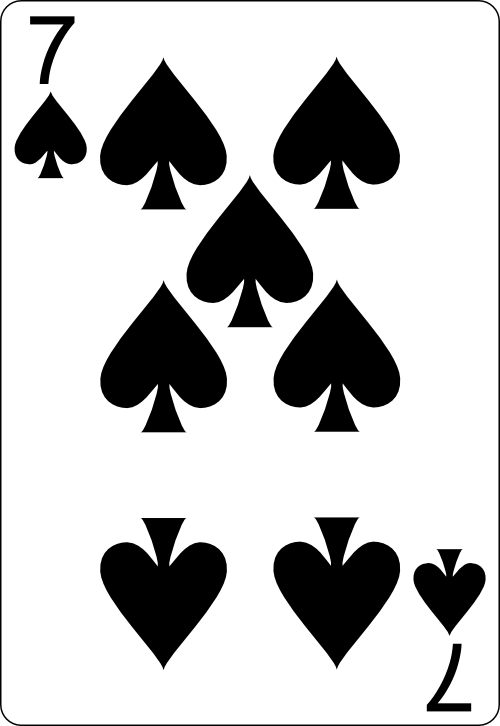   7♠️ | 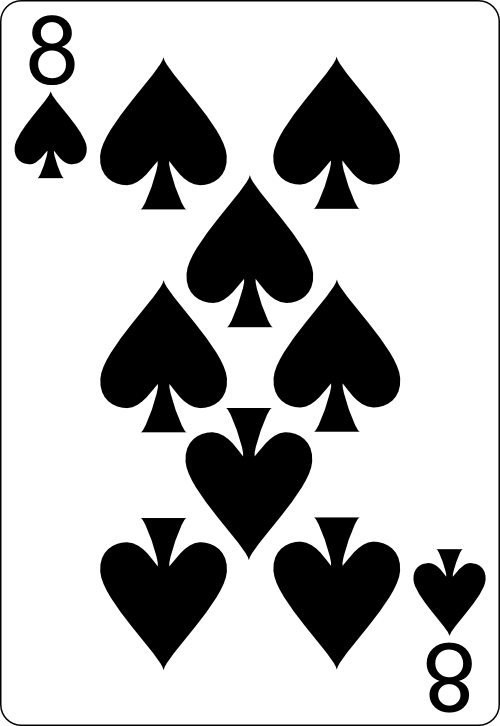  8♠️ | 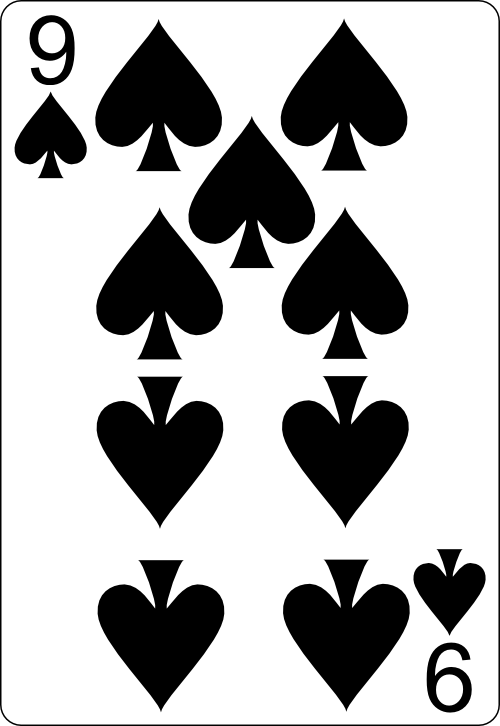   9♠️ |
Four of a Kind
A Four of a Kind, as the name suggests, consists of four cards of the same rank and any other card. The higher the rank of the quadruplet, the higher the hand ranks.
  4♠️ |     4♣ |   4♥️ |    4♦️ |    9♠️ |
Full House
A Full House comprises a pair and three of a kind (known as a triplet). The rank of the triplet determines the rank of the Full House. In the case of a tie, the pair’s rank is used.
  A♣️ |     A♦️ | 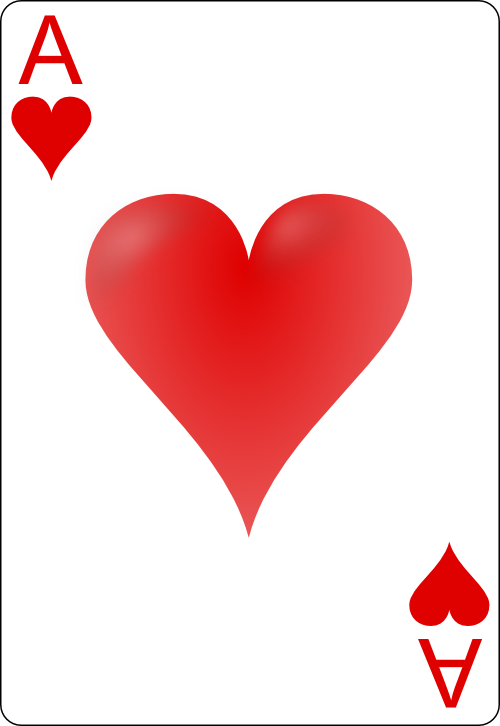    A♥️ |     4♣️ |    4♦️ |
Flush
A Flush is a hand where all five cards are of the same suit, but not in sequential order. When comparing two Flush hands, the highest card determines the winner.
  5♦️ |    Q♦️ |   3♦️ |     10♦️ |     A♦️ |
Straight
A Straight consists of any five consecutive cards from different suits. An Ace can either be high (Ace, King, Queen, Jack, Ten) or low (Five, Four, Three, Two, Ace).
   10♣️ |    J♦️ |   Q♠️ | 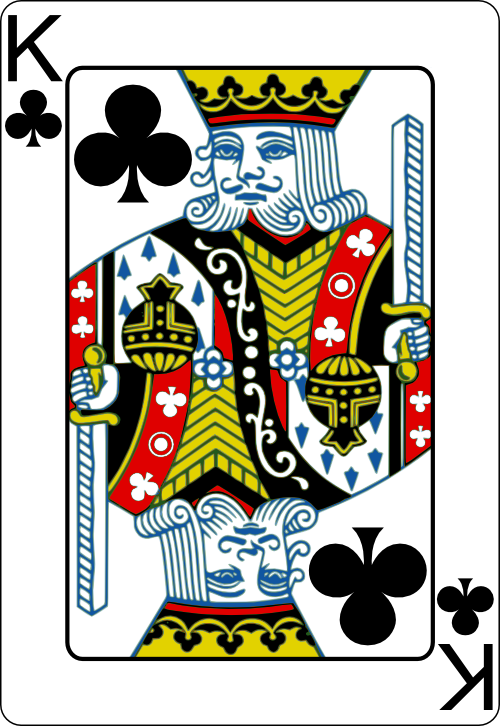  K♣️ |     A♥️ |
Three of a Kind
Three of a Kind is a hand that contains three cards of the same rank and two unrelated cards. The higher the rank of the triplet, the higher the hand ranks.
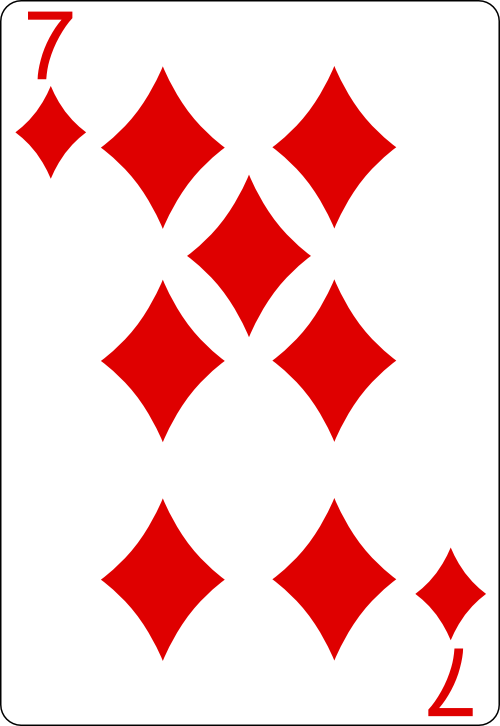   7♦️ | 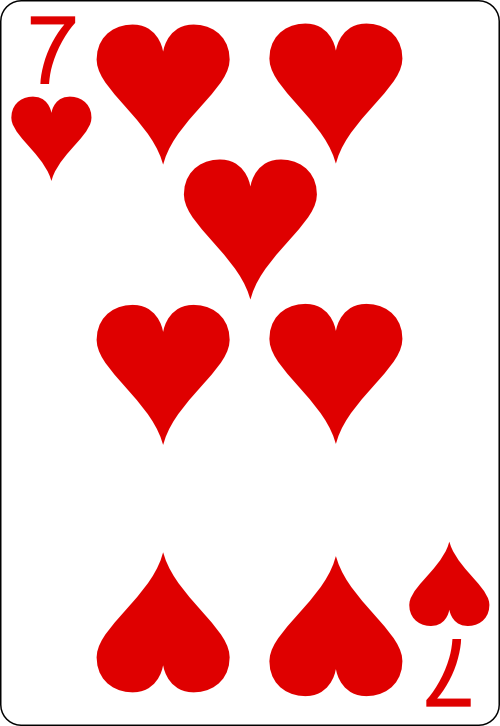  7♥️ |    7♠️ |   K♥️ | 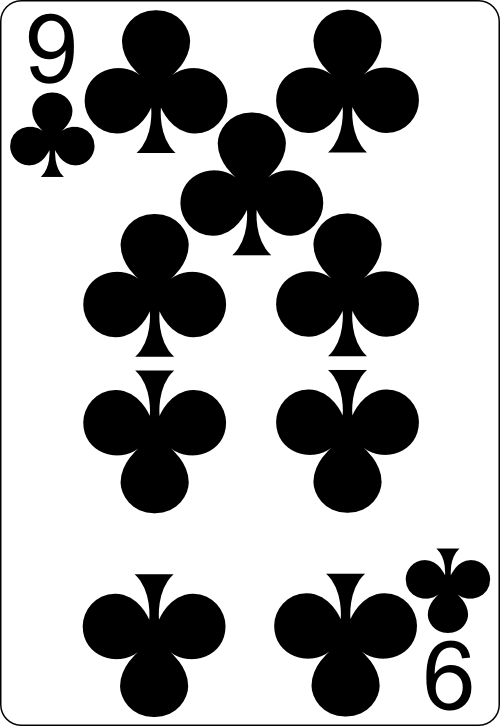   9♣️ |
Two Pair
Two Pair is a hand that contains two pairs and one unrelated card. The highest pair determines the rank of the hand. In case of a tie, the second pair or the unrelated card (also known as the kicker) is used to break the tie.
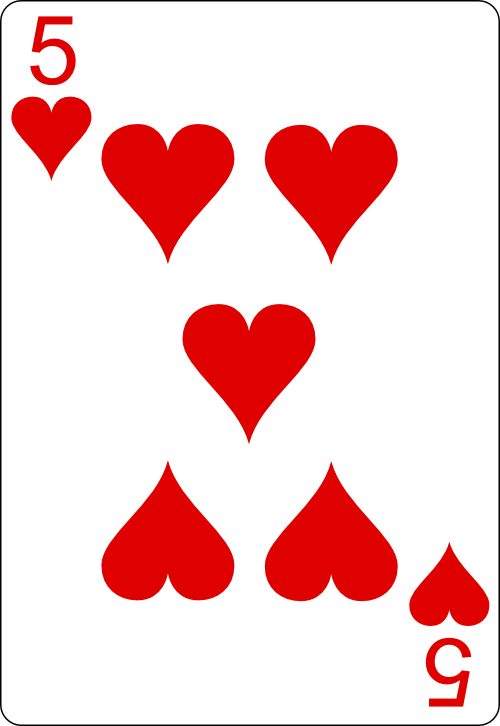  5♥️ |     5♠️ |    9♣️ | 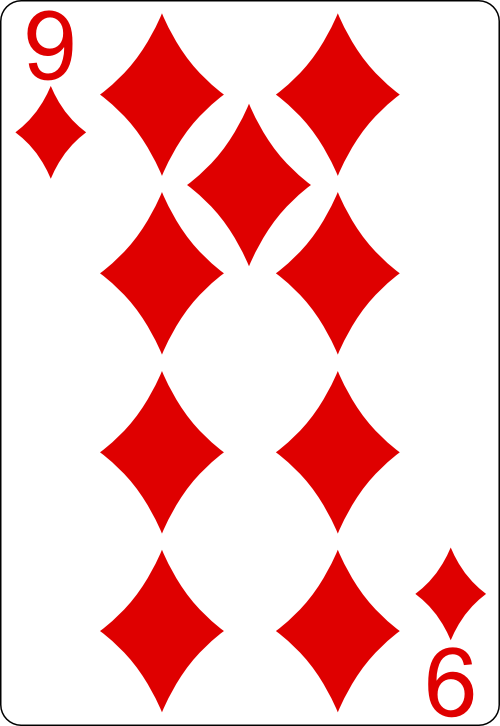  9♦️ |    K♦️ |
One Pair
One Pair is a hand that contains one pair and three unrelated cards. The highest pair wins. In case of a tie, the highest kicker determines the winner.
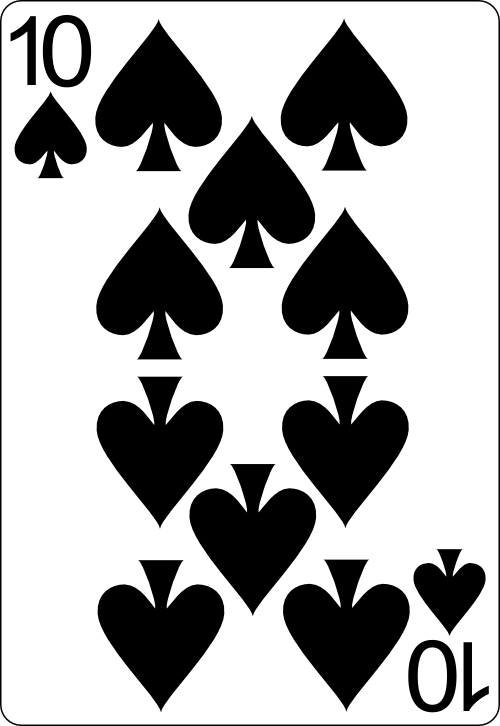  10♠️ |     10♦️ |     4♣️ |     5♠️ | 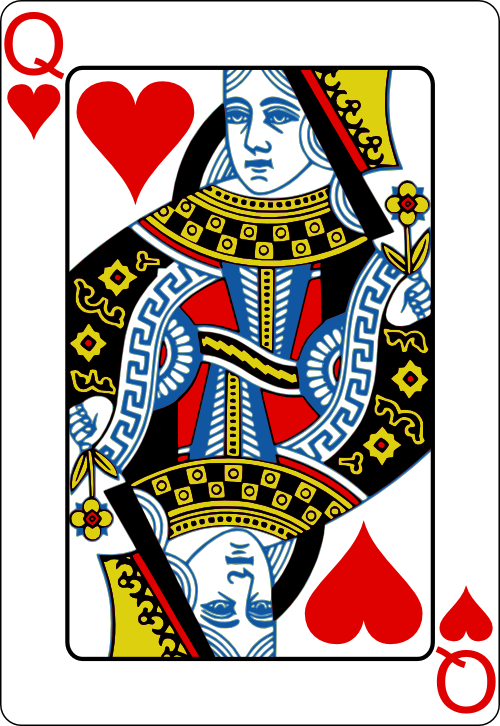  Q♥️ |
High Card
High Card is the lowest ranking hand in poker. If no player has a better hand, the player with the highest card wins.
  3♠️ |    7♦️ |    10♣️ |   K♠️ |     A♥️ |
The table below gives a summary of the ranking of poker hands from highest to lowest:
| Ranking | Poker Hand |
|---|---|
| 1 | Royal Flush |
| 2 | Straight Flush |
| 3 | Four of a Kind |
| 4 | Full House |
| 5 | Flush |
| 6 | Straight |
| 7 | Three of a Kind |
| 8 | Two Pair |
| 9 | One Pair |
| 10 | High Card |
For a more detailed breakdown, check out our poker hand rankings and poker hand cheat sheet articles. These resources can be extremely helpful, especially for beginners who are still familiarizing themselves with the game.
Strategies for Winning Poker Hands
Mastering poker requires not only an understanding of poker hand rankings but also the ability to implement effective strategies. These tactics can significantly enhance your chances of obtaining winning poker hands. Here’s a look at three key strategies: knowing the odds, reading the table, and bluffing tactics.
Knowing the Odds
Understanding the odds of receiving certain hands is a fundamental aspect of poker strategy. This involves calculating the likelihood of obtaining specific cards that could result in a winning hand.
| Poker Hand | Odds |
|---|---|
| Royal Flush | 649,739 to 1 |
| Straight Flush | 72,192 to 1 |
| Four of a Kind | 4,164 to 1 |
| Full House | 693 to 1 |
| Flush | 508 to 1 |
| Straight | 254 to 1 |
| Three of a Kind | 46.3 to 1 |
| Two Pair | 20 to 1 |
| One Pair | 1.37 to 1 |
Knowing these odds can guide decision-making throughout the game. For instance, if the cards you’ve been dealt have a low probability of forming a winning hand, it might be wise to fold.
Reading the Table
Another crucial strategy in poker is the ability to read the table. This involves observing the behavior of other players, identifying patterns, and using that information to your advantage. For instance, a player who consistently raises may have a strong hand, while one who frequently folds could be more cautious.
Understanding the table dynamics can also help you predict which cards your opponents might have. This can be particularly useful in games like Texas Hold’em, where shared community cards can significantly influence the best poker hands.
Bluffing Tactics
Bluffing is a powerful tool in poker. It involves pretending to have a stronger hand than you actually do in an attempt to force other players to fold.
Successful bluffing requires skill and timing. It’s often most effective when the stakes are high, and the pressure is on. However, it’s also a risky strategy that can backfire if not used correctly.
Bluffing should be employed sparingly and based on the reading of the table. If an opponent is likely to fold, a well-placed bluff could lead to victory. However, if another player is confident and unlikely to back down, bluffing could lead to substantial losses.
Mastering the art of winning poker hands involves more than just memorizing the poker hand cheat sheet. It requires a deep understanding of the game’s strategies and nuances. By knowing the odds, reading the table, and using bluffing tactics, you can greatly increase your chances of winning.
Common Mistakes to Avoid
In the quest to secure winning poker hands, players often make a few common mistakes that can cost them the game. Here, we outline three key errors to avoid: overvaluing hands, ignoring position, and playing too many hands.
Overvaluing Hands
One of the most common mistakes in poker is overvaluing hands. This occurs when a player assumes that their hand is stronger than it actually is. For instance, they might think a pair of queens is a surefire win, when in reality, it’s not one of the top best poker hands. Overvaluing hands can lead to overly aggressive betting and eventual loss.
To avoid this, players need to understand the relative strength of poker hands. A poker hand cheat sheet can help identify where a hand ranks in the hierarchy of poker hand rankings. This knowledge helps to make more informed decisions during the game.
Ignoring Position
Another common mistake is ignoring the importance of position. The position refers to where a player is seated in relation to the dealer. Those in a late position have the advantage of acting last, allowing them to make decisions based on the actions of other players. Ignoring position can lead to misjudgments and missed opportunities.
To capitalize on the position, players should adjust their strategy based on their seating. Those in early positions should often play conservatively due to the lack of information, whereas those in late positions can afford to take more risks.
Playing Too Many Hands
The final common mistake is playing too many hands. While it can be tempting to play every hand in hopes of winning, this approach often leads to losses. Not every hand is worth playing, and sometimes, the best move is to fold.
To avoid this mistake, players should develop a selective strategy, choosing to play only those hands with a reasonable chance of winning. This approach requires patience and discipline but can significantly boost the chances of securing winning poker hands.
By being aware of these common mistakes, players can improve their poker strategy and increase their chances of winning. Remember, the key to mastering poker isn’t just about knowing what to do, but also understanding what not to do.
Tips to Improve Your Game
In the world of poker, understanding the concept of winning poker hands is simply the beginning. To truly master the game and consistently come out on top, there are other crucial factors to consider. Here are some tips to help improve your poker game.
Practice Makes Perfect
Just like any other skill, poker requires regular practice to improve. Playing poker regularly allows you to experience various situations, understand different strategies, and get a feel for the game. It also helps you to better understand poker hand rankings and the probability of getting certain hands. The more you practice, the better you will become at making quick and accurate decisions.
Continuous Learning
Poker is a game that is constantly evolving, and even the most experienced players continuously learn and adapt their strategies. Make an effort to learn new techniques, understand the latest strategies, and stay updated with poker trends. Utilize resources like poker books, online tutorials, forums, and our poker hand cheat sheet to broaden your knowledge and improve your understanding of the game.
Observing Other Players
One of the most effective ways to improve your poker game is by observing other players, especially those who have a track record of success. Pay attention to their strategies, how they react in certain situations, and the decisions they make. Look at their betting patterns, bluffs, and how they handle winning poker hands. This will provide you with valuable insights that you can incorporate into your own game.
Remember, poker is a game of skill and strategy, and mastering it requires patience, dedication, and a willingness to learn. Keep these tips in mind as you continue to develop your poker skills and strive to become a better player.

